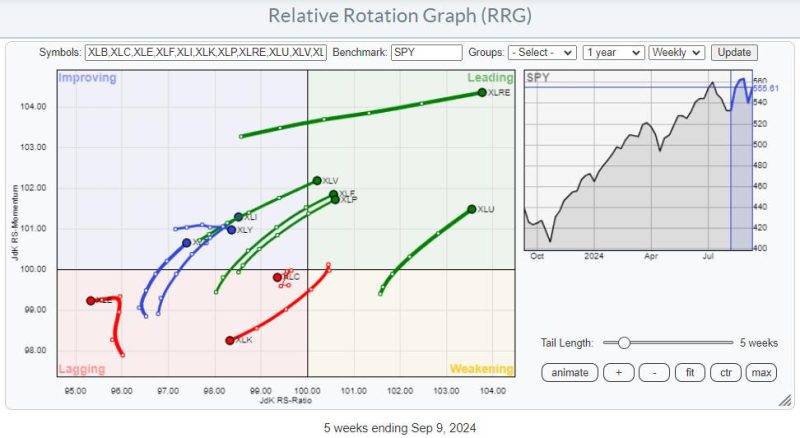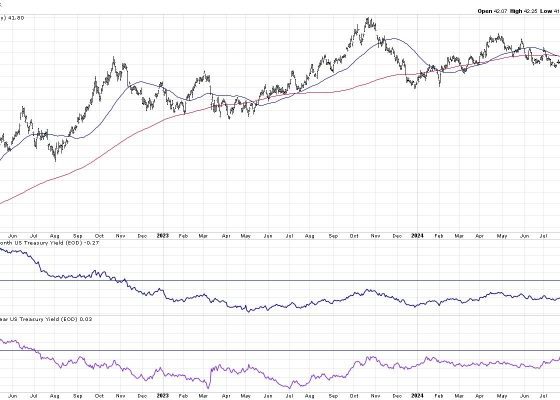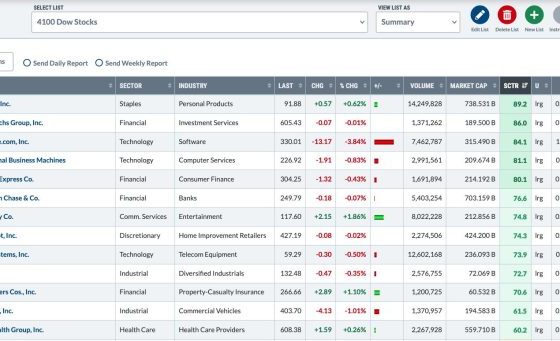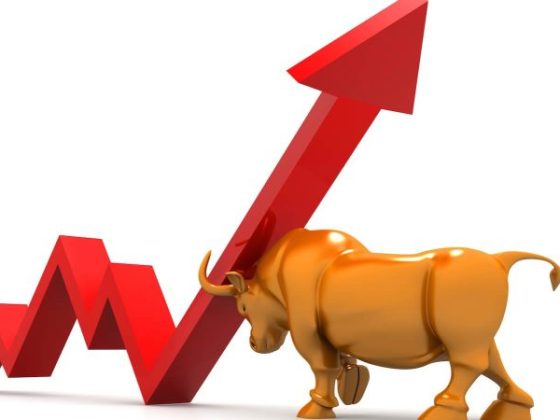The consumer staples sector, often heralded as the barometer of the economy, has recently been manifesting a sense of déjà vu that can be linked to a warning signal. Breezing through the financial chronicles and ticker charts, many narratives seem to be recurring, eerily mirroring that of the past. The ever-adjusting bar of demand and supply in consumer staples, increasing prices, and strained supply chains coalesce to project a strong cautionary message to investors and financial experts.
One critical characteristic of this déjà vu entails the apprehension about inflation. The surge in prices of commodities, directly proportional to the inflation rate, is a grave concern in the consumer staples sector. Inflationary pressures impact the cost of raw materials, thus raising the cost of good sold. This throwback inflation scenario, surpassing the comfort zone of the central banks, sends an unambiguous warning that the economy may be approaching a tipping point.
As the déjà vu in the sector continues, the next piece of the puzzle lies within the global supply chain. The echoes of supply chain disruptions reaffirm the notion of history repeating itself. The perils of strained supply chains can be traced back to the 2008 financial crisis and subsequent cyclical volatilities, where breakdowns in logistics networks sent shockwaves across the global economy. Presently, the COVID-19 pandemic has cast similar shadows over supply chain mechanisms, leading to product shortages and escalating costs.
At the heart of the déjà vu is the domino effect caused by a drastic shift in consumer habits. The 2008 crisis learned us that economic perturbations compel consumers to zero in on necessities rather than discretionary expenditures. Currently, consumer behavior seems to be relapsing into this same mode. The uncertainty driven by the pandemic is steering consumers towards hoarding staples as they did during the 2008 crisis. This abrupt swerve in the demand-supply curve implies a noticeable warning that companies may soon face stock outs, miserably affecting their bottom line.
Global crises such as the COVID-19 pandemic and the financial crisis of 2008 result in a déjà vu in the consumer staples sector. Increase in prices, a staggering global supply chain, and appeared changes in consumer behavior present a stark reminder of the turbulence witnessed in the past. These strong signals should not be taken lightly by investors and stakeholders in the sector.
While this phenomenon might seem alarming, it does offer a unique opportunity for businesses to prepare based on historical data and strategize steps in anticipation of potential pitfalls. Past patterns suggest countering strategies such as robust inventory management, heavy investment in technology to enhance logistic operations, and strategic pricing policies can cover costs while retaining customers.
The Déjà vu in the consumer staples sector signifies turbulence, but it’s also a catalyst for adaptation and innovation. By decoding these warning signals, acknowledging the cyclical nature of markets, and strategizing, the sector can transform these challenges into opportunities for growth.











